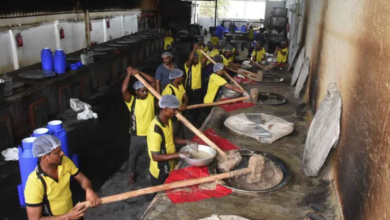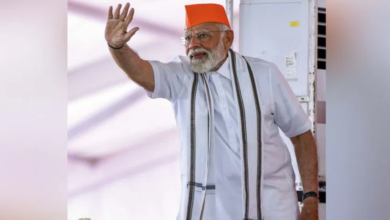Editorial: Re-visit pharma regulatory system

It is not enough to be a volume leader; India must add value to volume leadership.
Hyderabad: For India’s export-oriented pharmaceutical industry, it is the global perception that matters most. The recent tragedies in Gambia and Uzbekistan, where the death of nearly 90 children was linked to adulterated cough syrup manufactured by Indian pharma companies, have seriously damaged the country’s reputation as a global pharma hub. Against this backdrop, the cancellation of the production licence of Noida-based Marion Biotech, linked to Uzbekistan deaths, is a welcome move that should lead to the overhaul of the drug regulatory and quality control system. The suspension of licence comes after the World Health Organisation’s notice that two cough syrups made by the company should not be used for children as they were found to contain toxic ethylene glycol and were linked to 19 children deaths in Uzbekistan. The twin tragedies come as a serious wake-up call for the policymakers who need to reassess the drug manufacturing and regulatory environment in India. Such an exercise would be beneficial nationally as well as globally, given the burgeoning export market for Indian medicines and the tremendous growth potential. India may take pride in earning the tag ‘pharmacy of the world’ but along with it comes the responsibility of ensuring the strictest standards for products that can make a difference between life and death. At present, there are several flaws in the drug regulatory mechanism. The presence of multiple regulatory authorities under different State governments impacts accountability. It is time for revising the Drugs and Cosmetics Act.
The Ministry of Health and Family Welfare released a draft of the Drugs, Medical Devices and Cosmetics Bill, 2022, for public consultation in July last year. Once enacted, the draft Bill will replace the existing Act. The Bill brings hope of stricter regulation to ensure the quality of drugs. India needs to create a robust regulatory structure with a strong enforcement arm so that medicines for both domestic use and export are of high quality. As the pharmaceutical industry looks to expand its business, the key to success is continuous investment in upgrading manufacturing standards. India must retain its image of supplying high-quality and reliable medicines to the world. It is not enough to be a volume leader; India must add value to volume leadership. As the third largest drug producer in the world, India’s pharma industry is worth $42 billion. During 2020-21, the country exported pharma products worth $24.6 billion. The top five places where India sends medicines are the US, the UK, South Africa, Russia and Nigeria. About 40% of the generic medicines sold in the US and a quarter of all medicines dispensed in the UK go from India. Enabled by their price competitiveness and good quality, Indian drugmakers have made a global mark, accounting for 60% of the world’s vaccines and 20% of generic medicines.







